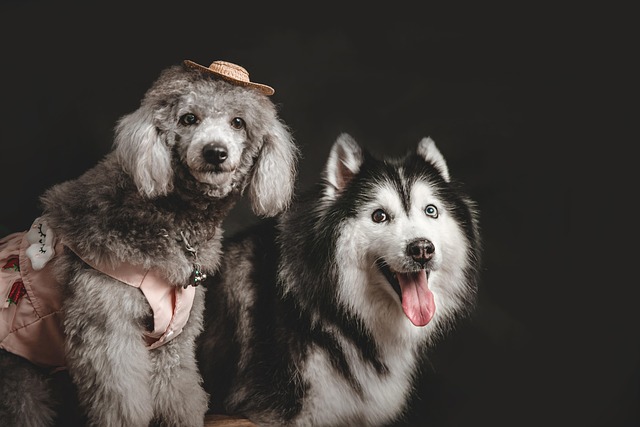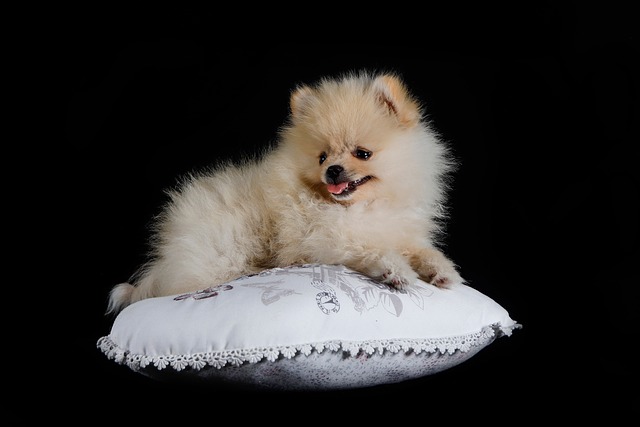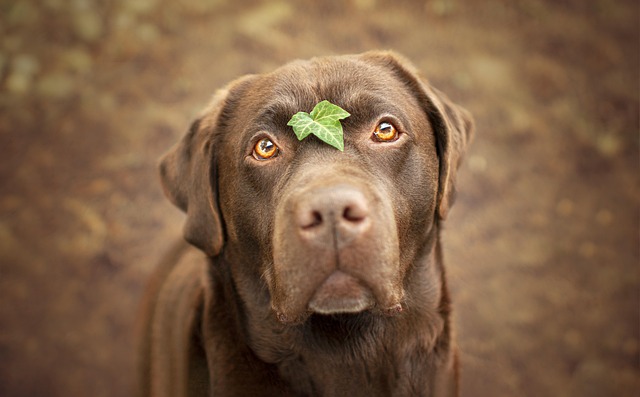
What is the best type of training for a dog?
There’s no one-size-fits-all answer to what makes the best dog training, but most experts agree that methods built on positive reinforcement tend to yield the most lasting results.
Many new puppy owners assume the first few weeks are the toughest, with sleepless nights and potty training accidents. But those who've raised multiple dogs know a secret: the real challenge begins when your fluffy little companion hits adolescence. That teenage phase, typically starting around 6 months and lasting until 18 months depending on breed, often leaves even experienced owners questioning their sanity.
What makes this period so uniquely challenging? Adolescent dogs undergo massive physical and psychological changes comparable to human teenagers. Their once-reliable obedience seems to vanish overnight as they start testing boundaries with newfound confidence. I've watched countless puppies who mastered "sit" at 12 weeks suddenly develop selective hearing at 7 months. This isn't rebellion - it's their developing brain prioritizing exploration over compliance as they biologically prepare for independence.
The behavioral shifts can be overwhelming. House training regression tops owner frustration lists, with previously reliable pups having indoor accidents again. Increased chewing isn't just about teething anymore - it's stress relief from hormonal changes and curiosity about their expanding world. Socialization challenges emerge as puppies who loved everyone suddenly become wary or reactive. And that adorable puppy energy? It transforms into what I call the "teenage tornado" - bursts of hyperactivity followed by crashing naps.
Managing this phase requires strategic patience. Consistency becomes your mantra - maintaining the same rules and routines even when your pup seems to forget everything. I recommend shortening training sessions but increasing frequency, using high-value treats to regain their attention. Environmental management helps too; keep tempting shoes out of reach during this chewing resurgence. For socialization, gradual exposure works better than forcing interactions.
What saved my sanity during my Labrador's teenage months was reframing the experience. Instead of seeing stubbornness, I recognized her growing confidence. Rather than punishing testing boundaries, I reinforced the behaviors I wanted. This mindset shift transforms frustration into bonding opportunities. Evening walks became training adventures, and chew toys turned into rewards for calm behavior.
The adolescent phase eventually passes, leaving you with a mature companion. Those who weather it with empathy and consistency gain a dog who trusts their guidance through life's challenges. When clients ask if it's worth it, I share my now-calm Labrador curled at my feet - living proof that the hardest period yields the deepest bonds when met with understanding and perseverance.

There’s no one-size-fits-all answer to what makes the best dog training, but most experts agree that methods built on positive reinforcement tend to yield the most lasting results.

Welcoming an 8-week-old puppy into your home is a joy filled with wiggly tails and endless curiosity. One of the first steps in building a strong bond is teaching them their name.

If you’ve ever sat up at night, listening to your gray-muzzled dog pace back and forth, stopping to whine or stare at a wall, you know the worry that comes with a restless senior pup.

Training a service dog starts long before they’re ready to assist with specific tasks—their journey begins with building a foundation of trust, focus, and adaptability, and the timing of this training matters more than you might think.

Watching a tiny puppy fumble through their first attempts to sit can feel like watching a little acrobat mastering a new trick.

If you’ve ever found your flower bed dug up or your favorite shrub chewed to bits, you’ve probably searched for easy ways to keep neighborhood dogs (or even your own) out of your yard.